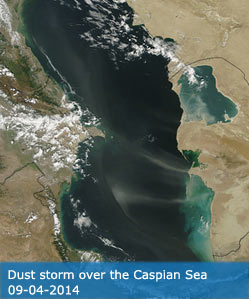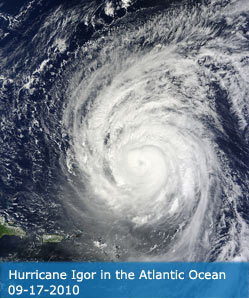Science Team
Publications
Buyantuyev, A, Wu, J (2009). "Urbanization alters spatiotemporal patterns of ecosystem primary production: A case study of the Phoenix metropolitan region, USA". JOURNAL OF ARID ENVIRONMENTS, 73(5-Apr), 512-520.
Abstract
Previous studies have found that urbanization often decreases net primary production (NPP), an important integrative measure of ecosystem functioning. in arid environments, however, urbanization may boost productivity by introducing highly productive plant communities and weakening the coupling of plant growth to naturally occurring cycles of water and nutrients. We tested these ideas by comparing NPP estimated for natural and anthropogenic land covers in the Phoenix metropolitan region of USA using MODIS NDVI data and a simplified parametric NPP model. Most anthropogenic land covers exhibited higher production than the natural desert. Consequently, the combined urban and agricultural areas contributed more to the regional primary production than the natural desert did in normal and dry years, whereas this pattern was reversed in wet years. Primary production of this urban landscape was only weakly correlated with rainfall, but strongly with socio-economic variables. Our productivity estimates agreed well with NPP predicted by a process-based ecosystem model for the area. Significant uncertainties, however, remain due to extremely high heterogeneity of urban vegetation. Nevertheless, our results clearly show that urbanization may not only increase regional NPP and disrupt the coupling between vegetation and precipitation, but also increase spatial heterogeneity of NPP in this and region. (C) 2008 Elsevier Ltd. All rights reserved.
DOI:
10.1016/j.jaridenv.2008.12.015
ISSN:
0140-1963




